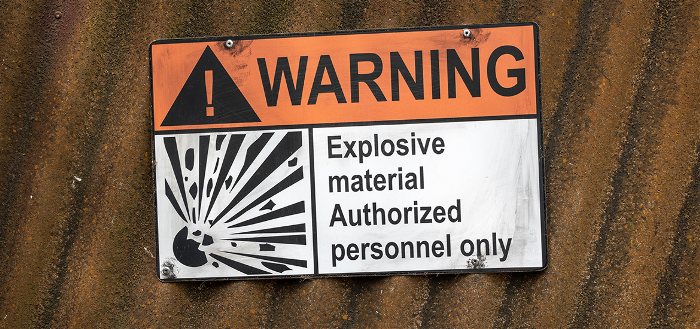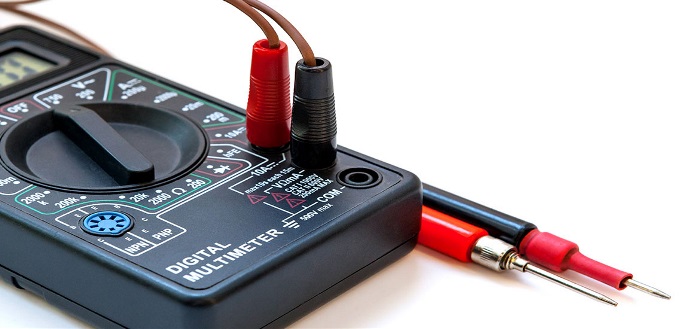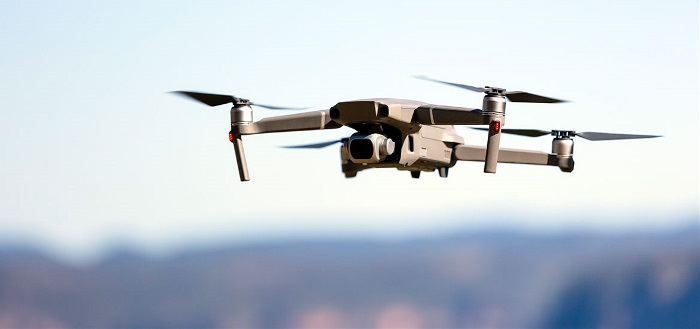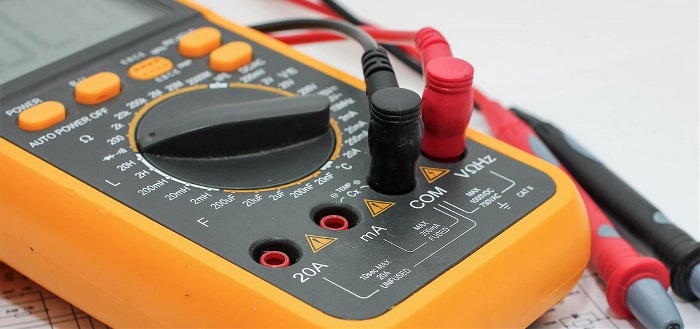UK National Measurement Institute Offers Free e-Learning
April 20, 2020
1-minute read

The U.K.’s National Measurement Institute — National Physics Lab (NPL) — recently made its full suite of e-Learning training courses available for free through June 30, 2020. According to the NPL website, this was in acknowledgement that “Operating remotely and working from home has become a new reality for many and employers, employees and students alike are all looking for ways to adapt.”
OSMA Partners With NSC on New Training for Expected Cost Savings
February 24, 2020
3-minute read

The Office of Safety and Mission’s (OSMA) Explosives and Pyrotechnics Safety program recently released new online SATERN training, “Basic Explosive Safety Refresher,” to the agency.
MetCal Releases New SATERN Course
January 06, 2020
1-minute read

The Office of Safety and Mission Assurance’s Metrology and Calibration (MetCal) Program recently released “Handling, Transport, Storage, & Shipping of Measuring & Test Equipment” in SATERN. This one-hour course provides an overview of the proper physical handling, transporting, storing and shipping of Measuring and Test Equipment to help ensure it will continue to meet its accuracy specifications.
New UAS Course Teaches Range Flight Safety Aspects of Use
September 17, 2019
3-minute read

NASA’s Range Flight Safety program recently released “UAS Range Flight Safety” (SMA-AS-WBT-300) to address the Range Flight Safety aspects of flying Unmanned Aircraft System (UAS) at NASA.
New SATERN Course on Metrology and Calibration Requirements
July 23, 2019
2-minute read

The NASA Metrology and Calibration Program released a new course in SATERN, “NASA Metrology and Calibration Program Requirements Overview.”
New Metrology and Calibration Course in SATERN
July 15, 2019
2-minute read

The NASA Metrology and Calibration Program released a new course in SATERN, “More Than a Sticker: The Importance of Calibrating Measuring and Test Equipment.”
New Payload Course Now in SATERN
June 25, 2018
2-minute read

Recently, the Expendable Launch Vehicle (ELV) Payload Safety Program released a new course “Safety Guidance for Payloads” (SMA-HQ-WBT-104) to the agency in SATERN. The course focuses on ensuring a consistent level of safety for special-case ELV payloads, which are payloads that either 1) don’t use the Launch Services Program or 2) rideshare with a primary payload on an ELV.
New Workmanship Course in SATERN
April 17, 2018
2-minute read

The NASA Workmanship Standards Program has released a new course in SATERN as a part of the NSC STEP Training that provides an overview of NASA-STD 8739.6, Implementation Requirements for NASA Workmanship Standards. The course, “8739.6 Self-Paced Workmanship Training,” is intended to inform and familiarize NASA employees with the NASA standard without replacing the need to read the content of the standard or participate in traditional Workmanship training.
Range Flight Safety Program Updates Two Training Courses
April 10, 2018
4-minute read

NASA’s Range Flight Safety program recently released updates to two of its existing training courses: “Range Flight Safety Orientation - Web-Based” (SMA-AS-WBT-410) and “Flight Safety Systems” (SMA-AS-WBT-335). Both courses, found in SATERN, were updated to reflect recent policy changes within the program and also to shift away from videos of instructor-led courses that were hard to update as minor changes occurred within the discipline.
Learn More: Human Factors in Mishap Investigation
December 12, 2017
2-minute read

When a mishap or close call occurs, there’s always a human component to consider. It’s not about blame, but rather understanding the circumstances around the incident and how they can be avoided in the future to prevent recurrence.